 1 / 24
1 / 24

 1 / 24
1 / 24

Collector Nejat Çuhadaroğlu has been building models since his childhood; he takes his love for production to the third dimension through dioramas and enjoys sharing his experience. The “Hisart Museum of Live History and Diorama” is an impressive museum as the first and unique of its kind, founded in 2014 by Çuhadaroğlu himself exclusively by his own means to build a growing interest in history with new generation exhibition systems and communication strategies aimed at a more curious and enjoyable viewing experience.
The museum targeting audiences of all age groups is composed of 7 floors. It tells the history of wars in the last millennium through the exhibition of several military and etnographic artefacts from civilizations and events that changed the course of history, including the Roman Empire, Anatolian Seljuks, Turkish War of Independence, WWI and II, the Gulf Wars, the Cyprus Peace Operation.
Nejat Çuhadaroğlu who comes from a family closely involved with art and design shared with us his adventure that developed in line with his curiosities, interests and skills, talking about how his passion for collecting and the museum emerged.
First of all, how did you come up with the idea of creating this museum?
It has developed over time. In fact, once you arrive at a certain level with the things you have, you suddenly realize you need to exhibit it all. There are many collectors in Turkey, but the things they own are either at their homes or in some boxes lying at their storage spaces. No one sees them, and they aren’t shared with the public. This means it is actually a lost artefact, a lost culture. All collectors must be supported and encouraged to create museums so that the artefacts stored here and there can be brought to light. This is also valid for the artefacts in the state museum inventories. New museums have been emerging in turkey one after another, and ideas for new museum projects are on the way. The only problem is that they don’t know what to exhibit in them, what to acquire and from where. This necessitates serious coordination and the state and the collector should act together.
All collectors must be supported and encouraged to create museums so that the artefacts stored here and there can be brought to light.
A Diorama is a three-dimensional modelling of a real or imaginary event and moment with the help of some lighting effects. Can you tell us about your transition from models to dioramas and this passion of yours?
This is something that comes from within. I was born with a curiosity and talent in painting and sculpture. Then I always had the idea of doing three-dimensional things. Even when I was very young, I used to make soldiers out of mud, scrap, and various other objects, I used to build armies and villages. Then I began to build model aircrafts and tanks, while the idea of switching to dioramas emerged in my university years, and I have been building dioramas for the last 30 years. I have been a collector for 20 years. I have artefacts both from Turkey and abroad that I collected from auctions and from the antique shops of every country I visit. These are objects that I personally find and bring here with me. In my opinion, providing the mannequins’ costumes, the completion of their accessories is one of the most difficult jobs in the world. If you ask why, you don’t exclusively build a certain historical period here. You have to study the Eastern Roman, Byzantine, Seljuk, Ottoman periods, the WWI and II, The Turkish War of Independence, the wars in Korea, Vietnam, the Cyprus Peace Operation and all the other wars up to the present, and you have to collect images, books, magazines and newspapers about them to make sure you pick the correct materials and become specialized about these artefacts. There aren’t many experts in this area in Turkey you can turn to for consultancy.
What other projects do you have in addition to the dioramas?
We are preparing this book on Turkish military costumes and accessories. It already existed but it was insufficient. No book on Turkish swords exists, for instance. There are very few sources on military history but 80% of the history of the world is based on war, including our own history. War history is the most important, most comprehensive of all. Wars change technologies, economies, borders and geographies. There’s no other area that needs such a closer examination. The phenomenon called war encompasses everything. Swords, helmets, all these are works of art, and artefacts that represent the truth.
In the museum we also see some awards and trophies you received for your model making. Can you tell us more about them?
What generates the highest level of awareness in this museum are the recreations of events based on models. No other museum in the world presents narratives through models. Only in very few museums there are narratives presented through mannequins. This museum hosts more than 450 mannequins. It also has a very broad chronological scope. With the Seljuk and the Byzantine eras, we enter the sphere of archaeology. This is what distinguishes us from a military museum.
The museum’s inventory is exclusively based on your personal collection. How many artefacts do you have?
This is a process of 20 years and we talk about tens of thousands of artefacts. As I already mentioned, we continue making new acquisitions and developing the collection.
Which arts, crafts and design disciplines did you rely upon in building the museum?
Nearly all of them. A model or a diorama has everything you need when you make a movie. You need to write a screenplay, then you need direction of photography, artistic direction, accessory and costume design, and special effects. In the museum we have dioramas with special lighting. We work with all disciplines.
Even when I was very young, I used to make soldiers out of mud, scrap, and various other objects, I used to build armies and villages.
Can you also talk about your involvement with art? What kind of artworks do you collect?
I’m very closely involved with art but this museum is my only collection. In fact, this collection is worth the collection of 100 collectors, because within this theme some individuals only collect medals, others only collect swords or hats but this museum collection has it all.
What was the first artefact you acquired for yourself? And how did that make you feel?
The first piece I bought was a German helmet from the World War II period. My first theme in models and dioramas was also World War II. I began to work on the Ottoman period later because I first had to study and collect data very seriously. All these require a very serious amount of budget. I have a very strong emotional bond with the museum and our coexistence. You need to approach everything with passion from the heart. I conduct a lot of research and study a lot. I think this is one of the reasons why it’s unique in the world. This museum has a very different story, narrative, spirit and wholeness.
In developing your collection, do you work with consultants or do you proceed on your own?
I receive very little consulting. I generally proceed with my own expertise. There are very few experts you can turn to, and this is one of the main reasons why there are so many mistakes being made in contemporary film productions. We’re a society that turns to a Hungarian expert to ask how a Janissary behaves in a sword combat. Most soldiers in this museum are much more realistic and interesting than those portrayed in tv series and films.
It’s crucial what we get and what we contribute to the society through what we do.
Are there any other members in your family involved in collecting? If so, what do they collect?
My late father used to collect cigarette cases, belt buckles, prayer beads, costumes, swords and medals.
Recently, there have been important changes in museology and exhibition methods. Will there be similar changes in this museum? Any new additions?
Yes, I observe the changes but I don’t find them sufficient. We currently have a diorama studio and there we want to organize workshops both for children and for adults. We want to encourage people to make models. It develops your intelligence and skills, so you learn while making something.
We know that this museum is unique in the world in many ways but are there any other museums you look up to?
I love visiting museums. The thing I like most in the museums abroad is the beauty of their buildings. The Louvre, the Metropolitan, the British Museum, they are all based in magnificent buildings and they have great collections but I don’t like their exhibition style. They exhibit artefacts on a podium, without recreation and with no soul. I don’t approve this approach.
What would you recommend to those who want to embark on collecting?
Every individual should discover his own talent. He should be well aware of his areas of interest and have a hobby. Our country is unfortunately very bad in terms of hobbies. You ask adult university graduates what their hobbies are and they mention going out, eating, or going to the movies. These are already our necessities, basically. They shouldn’t be referred to as hobbies. What else do we do? It’s crucial what we get and what we contribute to the society through what we do.
And your future plans for the museum?
We have serious plans for organizing national and international exhibitions. We collaborate with the Turkish Ministry of Foreign Affairs and of Culture. We are targeting places like the gulf countries, Russia, Europe, Far East and the USA.
Any final comments?
You have to visit this museum to understand it. I think this is its biggest disadvantage. No matter how much we tell about it, it can only be appreciated when you visit and experience it personally. This museums hosts artefacts that are unique in the world. For instance, there are items like the “Gokturk sword” exhibited for the very first time in this museum. There are Seljuk military items. Many artefacts that belonged to the sultans. We even exhibit Pargalı İbrahim Pasha’s helmet and sword who recently became very popular. We are unique pioneers with our exhibition methods.
You have to visit this museum to understand it. No matter how much we tell about it, it can only be appreciated when you visit and experience it personally.
This interview is conducted by Ahmet Rüstem Ekici on behalf of Art50.net for TEB Private.



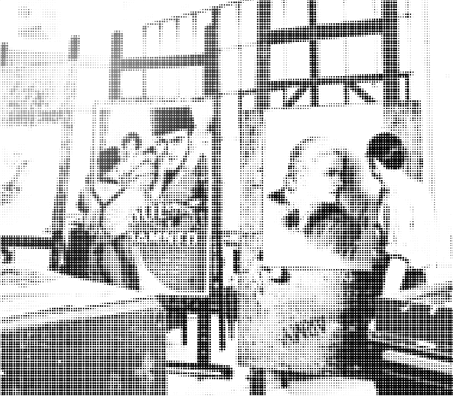



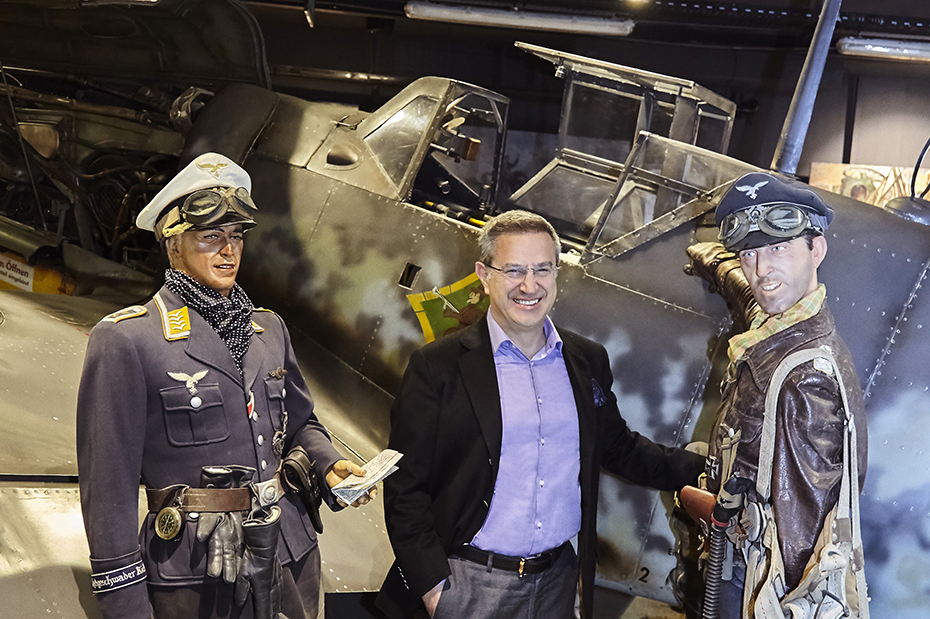
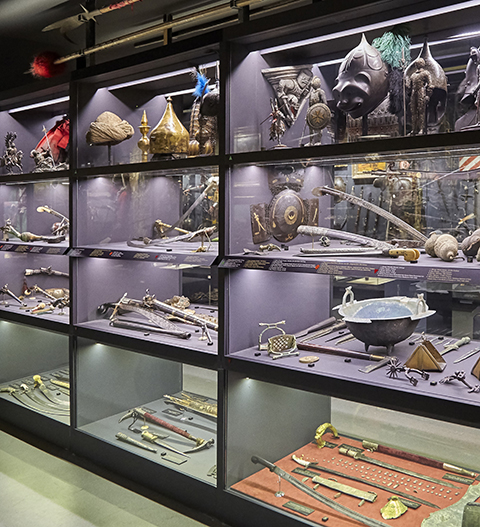
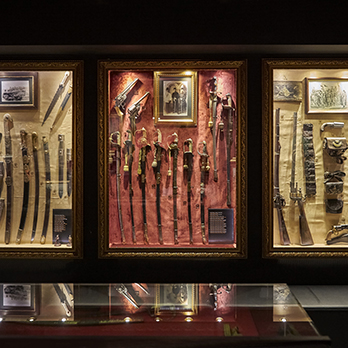

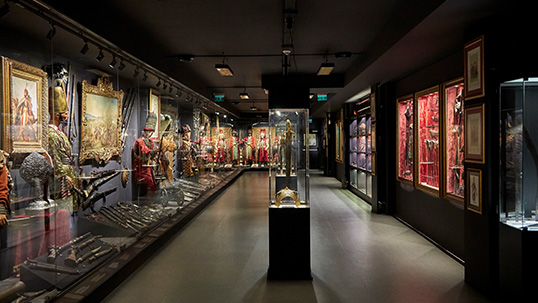
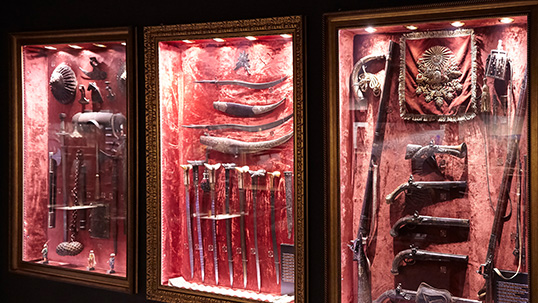
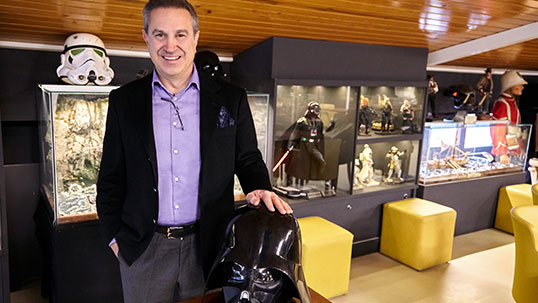
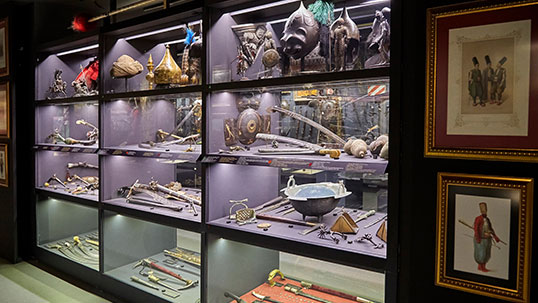
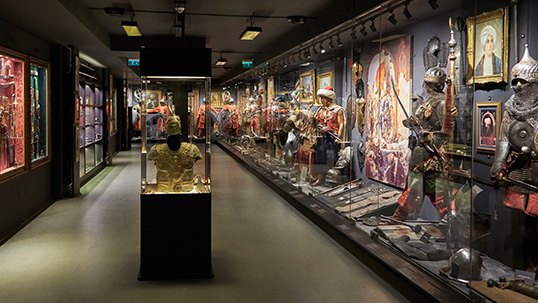
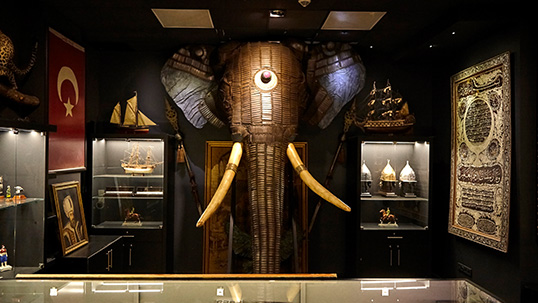
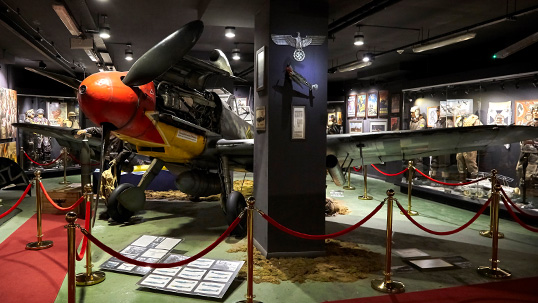
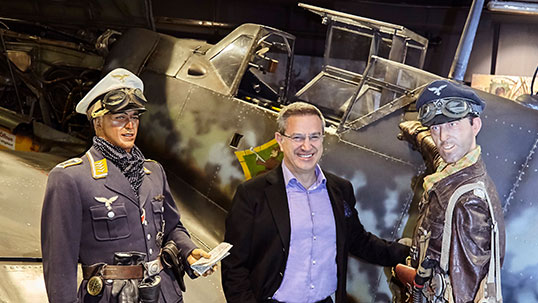
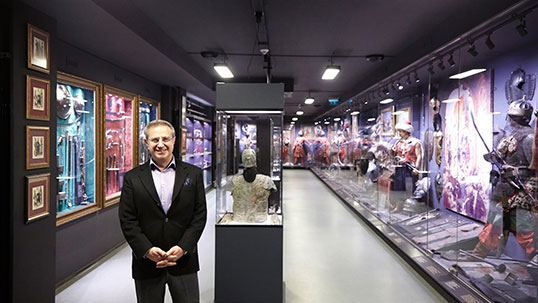
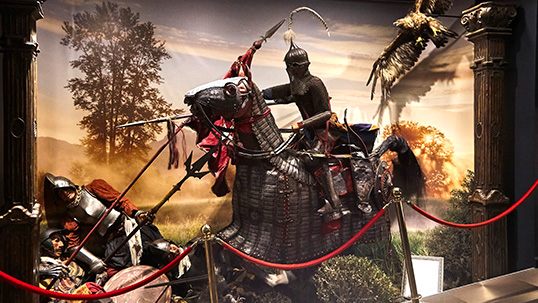
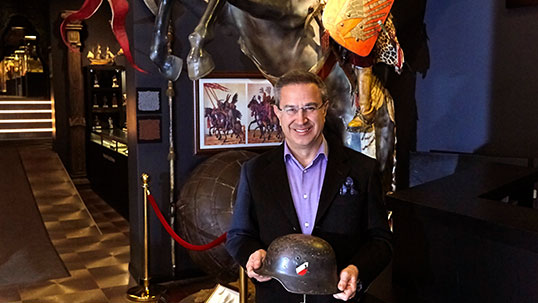
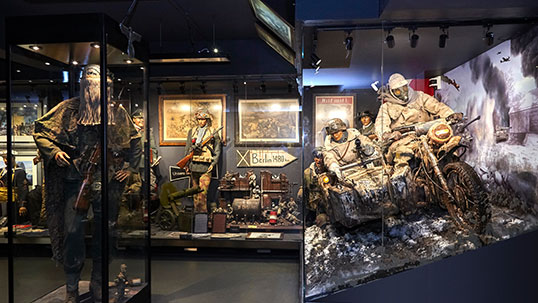
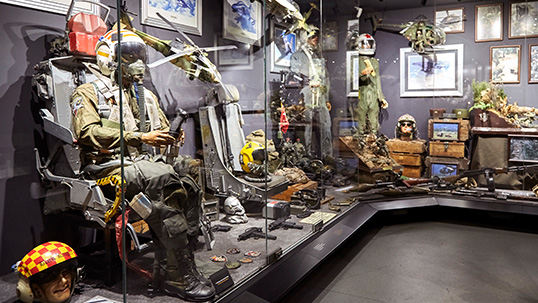
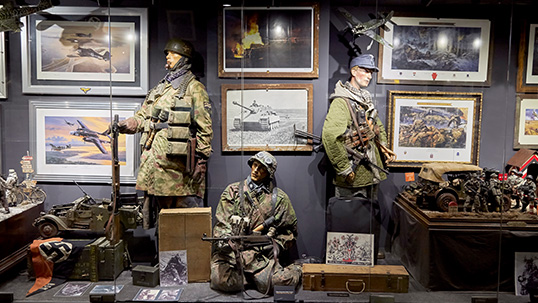
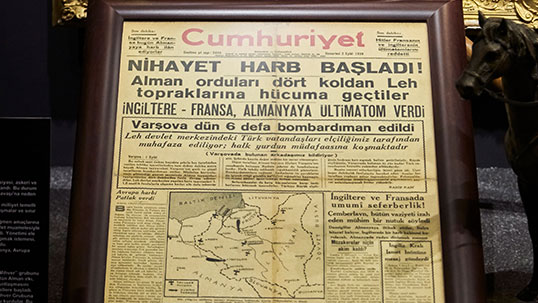
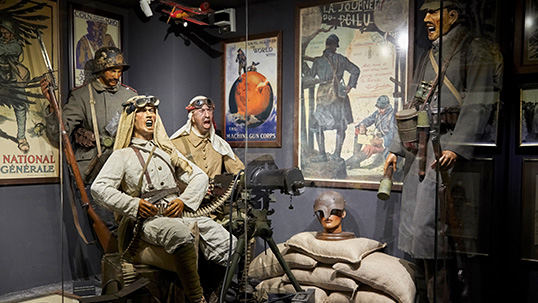
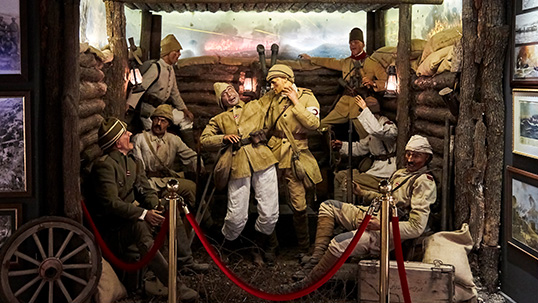
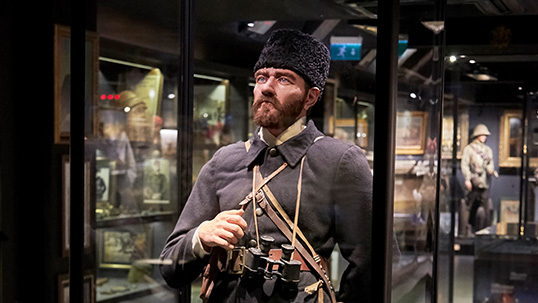
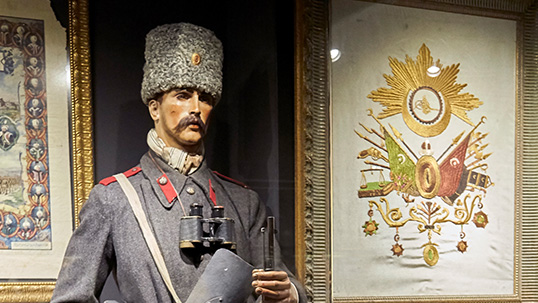
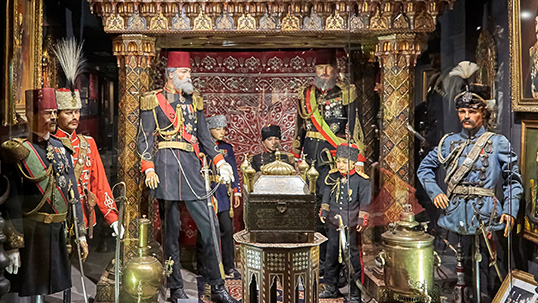
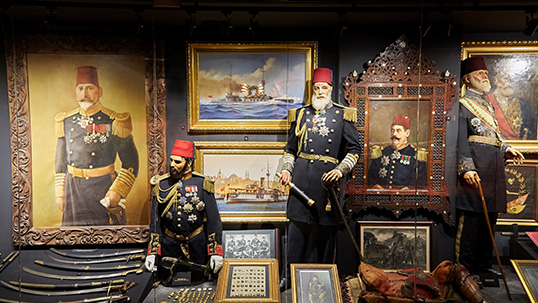
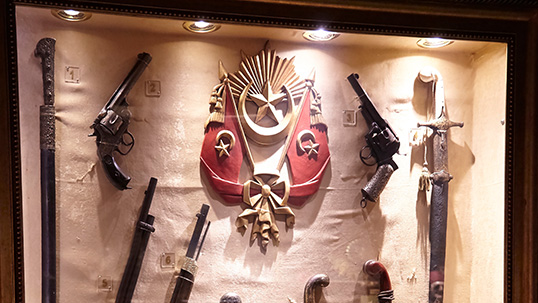
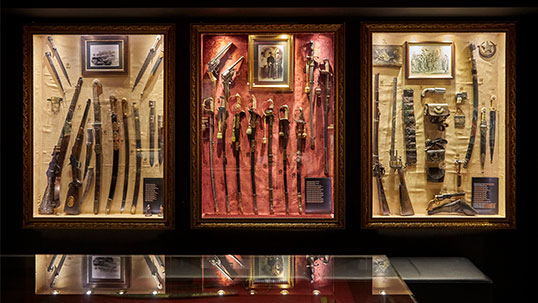
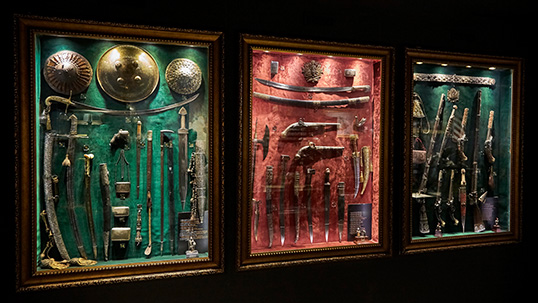



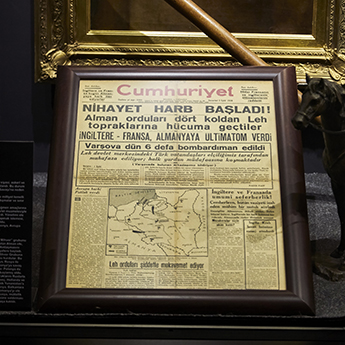
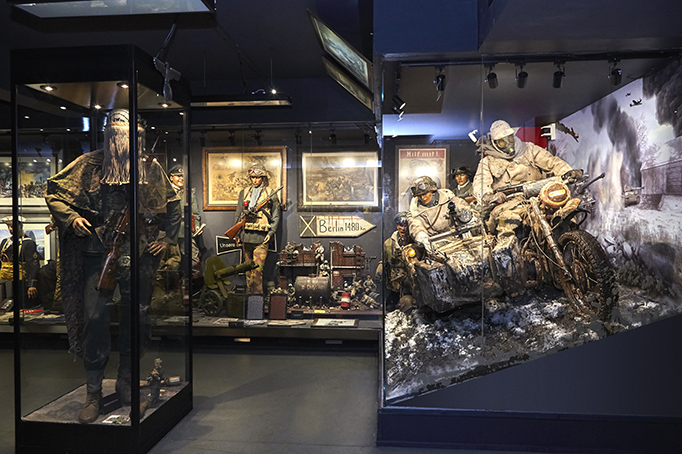
 UP
UP


